February 15, 2024
Views:346
![Madil Hardis - Reverie (2024) [EP]](/uploads/posts/2024-02/thumbs/1708040338_cover.jpg) Madil Hardis
Reverie
(2024)
Madil Hardis
Reverie
(2024)
![Madil Hardis - Reverie (2024) [EP]](/uploads/posts/2024-02/thumbs/1708040338_cover.jpg) Madil Hardis
Reverie
(2024)
Madil Hardis
Reverie
(2024)
![Madil Hardis - My Jolly Sailor Bold (Double Triangle Remix) (2024) [Single]](/uploads/posts/2024-02/thumbs/1708040311_cover.jpg) Madil Hardis
My Jolly Sailor Bold (Double Triangle Remix)
(2024)
Madil Hardis
My Jolly Sailor Bold (Double Triangle Remix)
(2024)
![Shining Wire - Ten Thousand Things (2023) [Single]](/uploads/posts/2024-02/thumbs/1707777377_cover.jpg) Shining Wire
Ten Thousand Things
(2023)
Shining Wire
Ten Thousand Things
(2023)
![Shining Wire - Secret Poisons (2022) [EP]](/uploads/posts/2024-02/thumbs/1707777361_cover.jpg) Shining Wire
Secret Poisons
(2022)
Shining Wire
Secret Poisons
(2022)
![Shining Wire - Lara (2024) [EP]](/uploads/posts/2024-02/thumbs/1707777357_cover.jpg) Shining Wire
Lara
(2024)
Shining Wire
Lara
(2024)
![Shining Wire - Dark Country Road (2023) [Single]](/uploads/posts/2024-02/thumbs/1707777370_cover.jpg) Shining Wire
Dark Country Road
(2023)
Shining Wire
Dark Country Road
(2023)
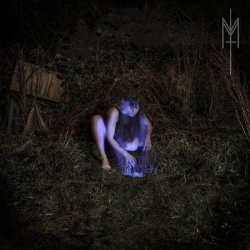 Maud The Moth
The Inner Wastelands
(2015)
Maud The Moth
The Inner Wastelands
(2015)
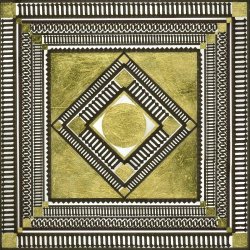 Maud The Moth
Orphnē
(2020)
Maud The Moth
Orphnē
(2020)
![Maud The Moth - Live At The Reid Hall (2017) [EP]](/uploads/posts/2024-02/thumbs/1707088662_cover.jpg) Maud The Moth
Live At The Reid Hall
(2017)
Maud The Moth
Live At The Reid Hall
(2017)
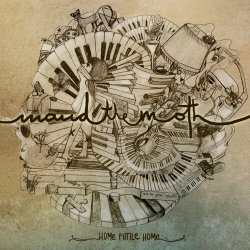 Maud The Moth
Home Futile Home
(2012)
Maud The Moth
Home Futile Home
(2012)
![Maud The Moth - Brudenell Piano Sessions (2022) [EP]](/uploads/posts/2024-02/thumbs/1707088615_cover.jpg) Maud The Moth
Brudenell Piano Sessions
(2022)
Maud The Moth
Brudenell Piano Sessions
(2022)
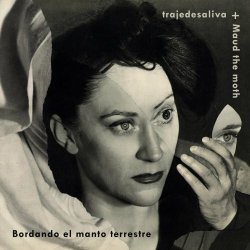 Maud The Moth, Trajedesaliva
Bordando El Manto Terrestre
(2023)
Maud The Moth, Trajedesaliva
Bordando El Manto Terrestre
(2023)
 My Absence By Now
Bliss
(2023)
My Absence By Now
Bliss
(2023)
![Dark Awake - The Spine Of The World Serpent (2018) [EP]](/uploads/posts/2024-01/thumbs/1706209602_cover.jpg) Dark Awake
The Spine Of The World Serpent
(2018)
Dark Awake
The Spine Of The World Serpent
(2018)
![Dark Awake - The Ma-Nifistat-Ion Of Nuit Is At The End (2019) [EP]](/uploads/posts/2024-01/thumbs/1706209541_cover.jpg) Dark Awake
The Ma-Nifistat-Ion Of Nuit Is At The End
(2019)
Dark Awake
The Ma-Nifistat-Ion Of Nuit Is At The End
(2019)
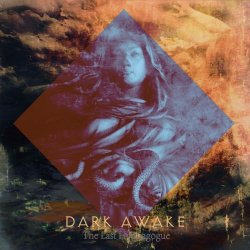 Dark Awake
The Last Hypnagogue
(2019)
Dark Awake
The Last Hypnagogue
(2019)
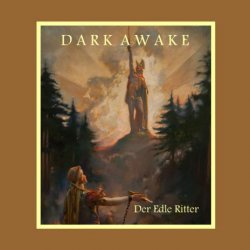 Dark Awake
Der Edle Ritter
(2021)
Dark Awake
Der Edle Ritter
(2021)
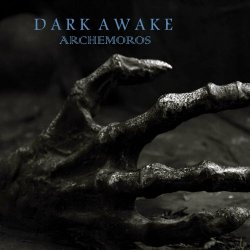 Dark Awake
Archemoros
(2024)
Dark Awake
Archemoros
(2024)
 Dark Awake
Abaris Hyperboreios
(2023)
Dark Awake
Abaris Hyperboreios
(2023)
 Autumn Tears
Widowing
(2022)
Autumn Tears
Widowing
(2022)
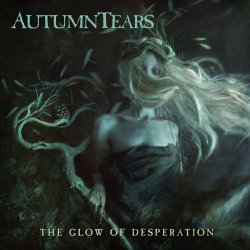 Autumn Tears
The Glow Of Desperation
(2021)
Autumn Tears
The Glow Of Desperation
(2021)
![Autumn Tears - The Air Below The Water (2020) [2CD]](/uploads/posts/2023-12/thumbs/1704027234_cover.jpg) Autumn Tears
The Air Below The Water
(2020)
Autumn Tears
The Air Below The Water
(2020)
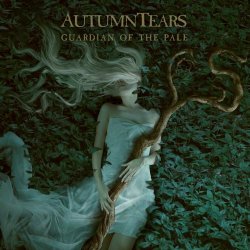 Autumn Tears
Guardian Of The Pale
(2023)
Autumn Tears
Guardian Of The Pale
(2023)
 Tarja Turunen
Dark Christmas
(2023)
Tarja Turunen
Dark Christmas
(2023)
-
 net.fraleet
Track 8 featuring Claudia Blackstar is my favourite track!
net.fraleet
Track 8 featuring Claudia Blackstar is my favourite track!
-
 Carmila03
Reup please! 😉
Carmila03
Reup please! 😉
-
 Carmila03
Reup please!
Carmila03
Reup please!
-
 Noirs
Nice!
Noirs
Nice!
-
 Noirs
Cool!
Noirs
Cool!
-
 carlmcoy
Great
carlmcoy
Great
-
 HYPNAS
Very good Idea !!!
HYPNAS
Very good Idea !!!
-
 HYPNAS
Thanks DS for this great band underrated at the time like
HYPNAS
Thanks DS for this great band underrated at the time like
-
 blacksmith75
Great DS !!!!
blacksmith75
Great DS !!!!
-
 HYPNAS
Momerath is one of the essential bands of the Parisian scene
HYPNAS
Momerath is one of the essential bands of the Parisian scene
View more »